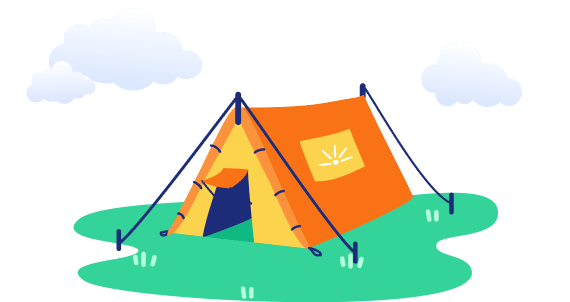How to Teach Addition: tips from Brighterly
reviewed by Jo-ann Caballes
Updated on August 28, 2024
Addition is one of the most fundamental operations in math. It’s often one of the first things parents and teachers will teach kids because it provides the foundation for many other math concepts and operations.
Whether you’re a parent looking to help your kid learn and understand addition or a kindergarten teacher looking to enhance your curriculum, Brighterly has a range of proven strategies for addition that show you how to teach addition to kids.
How to teach addition facts with Brighterly
Before your kid understands how to add numbers, they need to understand what addition is. You’ll first need to help them learn basic addition facts.
Brighterly is an expert in helping kids understand basic math operations and how to apply them. Our online math tutors help kids of all ages from preschool onwards. 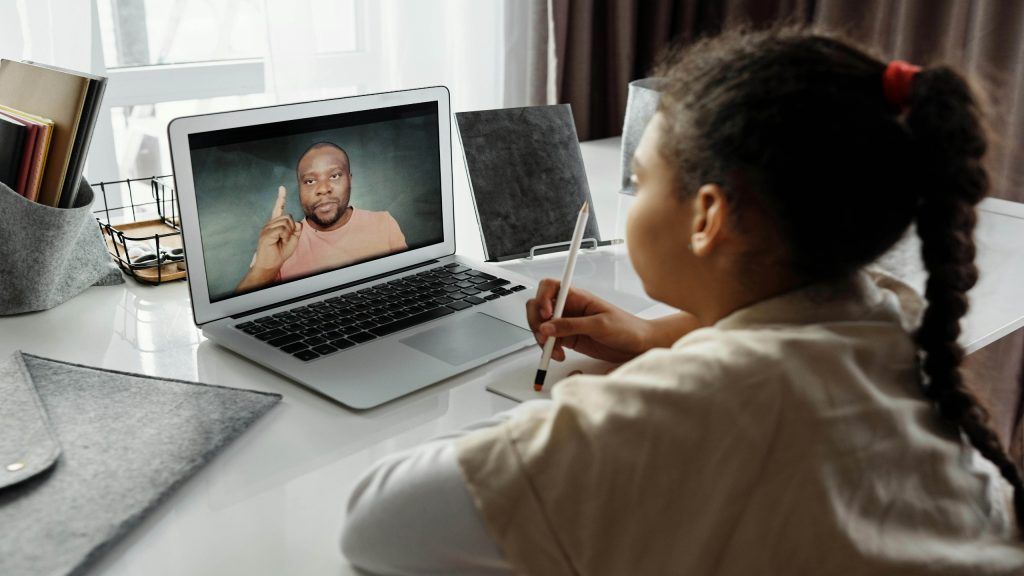
Whether your kid is being introduced to adding for kindergartners or just needs addition help, private math lessons can help. Many kids perceive math education to be boring – but at Brighterly, we teach addition in fun, engaging and exciting ways!
No matter what level they’re at, your kid will master addition with Brighterly. Our personalized approach and strategies for addition mean our tutors tailor each lesson to your kid’s existing knowledge and knowledge gaps, ensuring they only learn what they need to.
Addition Brighterly worksheets
As well as personalized math tutoring, we offer free engaging math worksheets that are essential to the process off teaching addition.
There’s nothing boring about our worksheets – they use cool images and concepts to create an activity that’s both enjoyable and educational. They offer addition help via visual aids, games and intriguing word-based problems to keep your kids focused and entertained as they learn.

Here are just a few of our addition math worksheets.
Starter addition worksheets:
- Addition to 20 worksheets
- Single digit addition worksheets
- Timed addition worksheets
- Addition facts worksheets
Advanced addition worksheets:
How to teach addition to kindergarten
We’ve listed some methods on how to teach addition effectively to kindergarten kids that have stood the test of time.
#1: Teach them basic addition facts
There’s a key process for teaching addition. Before a kid can work out additions, they need to understand the fundamental concept of addition. This means they need to know what addition means – adding one (or more) number to another.
A great way to introduce kindergarten kids to the concept of addition is by using real-world examples. Using their toys as an example and adding more toys to a set can show kids addition and its logic. As a bonus, they’re sure to be engaged with their favorite playthings!
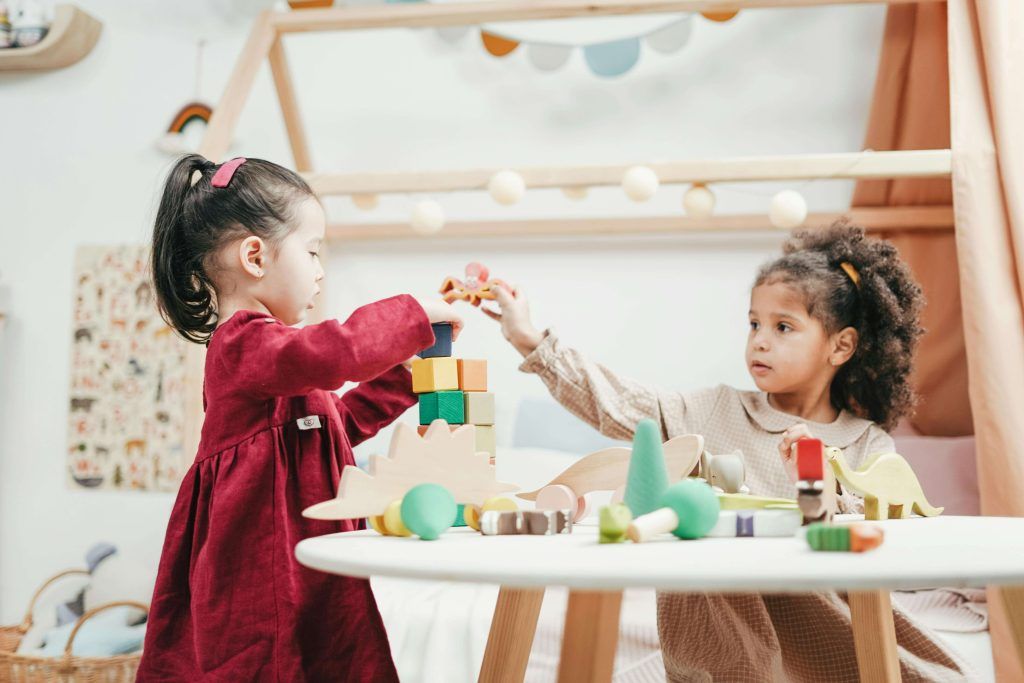
Everyday items are essential to teaching addition and numbers. Once kids have understood the concept of real-life things, like pencils or books, increasing in number, then they can be introduced to adding for kindergarteners.
#2: Use manipulatives for hands-on learning
Younger kids start to learn math concepts and operations best when observing them in the world around them. Manipulatives are not only another visual method of teaching addition, but they’re also a sensory way of learning.
Manipulatives are physical objects that can be manipulated in a way that expresses mathematical concepts. The main manipulative everyone is familiar with is the abacus, which you manipulate by moving beads from one side to the other to aid with counting.
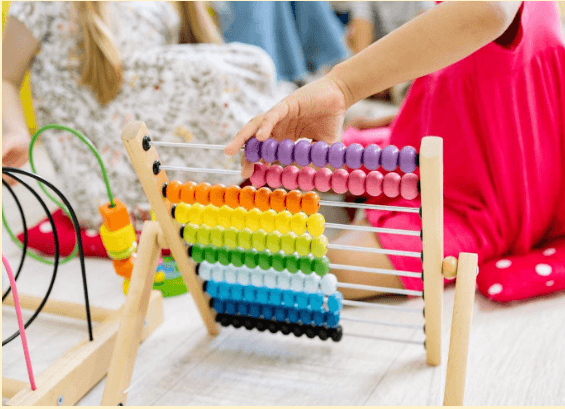
Some other examples of manipulatives include:
- Building blocks
- Base ten blocks
- Unifix cubes
- Fractions circles
- Pattern blocks
- Clock dials
- Spinners
- Counters
- Magnetic numbers
- 3D shapes
- Sorting sets
By using their hands, kids are engaging multiple areas of their brain, making the learning more likely to stick with them. Plus, it can be used as a form of play too – and that’s when kids learn best!
#3: Start using number lines
Another great way to help kids visualize the concept of adding for kindergarteners is by using number lines. The number line acts as a visual aid to show kids how numbers move sequentially from one to the next. When they have an addition sum to calculate, they can jump the relevant number of places to get to their final answer.
You can combine the number line with pictures to make this method even more visually appealing. By adding apples, stars or balls to your number line, your kid will find learning adding for kindergarteners fun and engaging.
For example if your kid needs to add 4 balls to 3 balls, they simply move along the line 4 times to get to their final answer, which is 7.
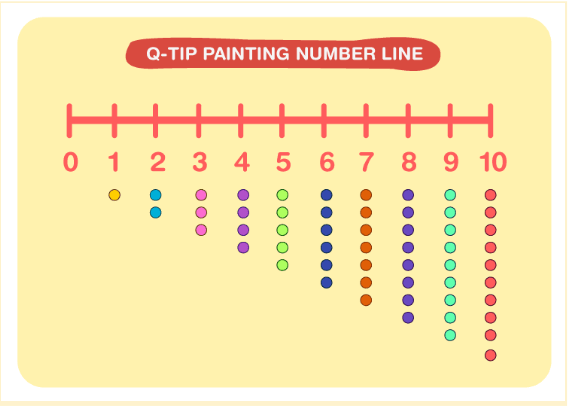
#4: Learn via games
Kids may not be excited by the prospect of learning math. But one thing they will be excited by is the opportunity to play games. So playing games with them that also teach and reinforce mathematical concepts, including addition, is a win-win!
Gamification is another example of hands-on learning, which makes learning math easier and more fun for kids. In fact, this has been proven in a recent study – when math is taught via games, students’ grades increase by 7%!
Why not try playing straightforward games like bingo or dominoes? These games can quietly enhance number sense with your kids and will allow them to practice both addition for kids and recognizing numbers.
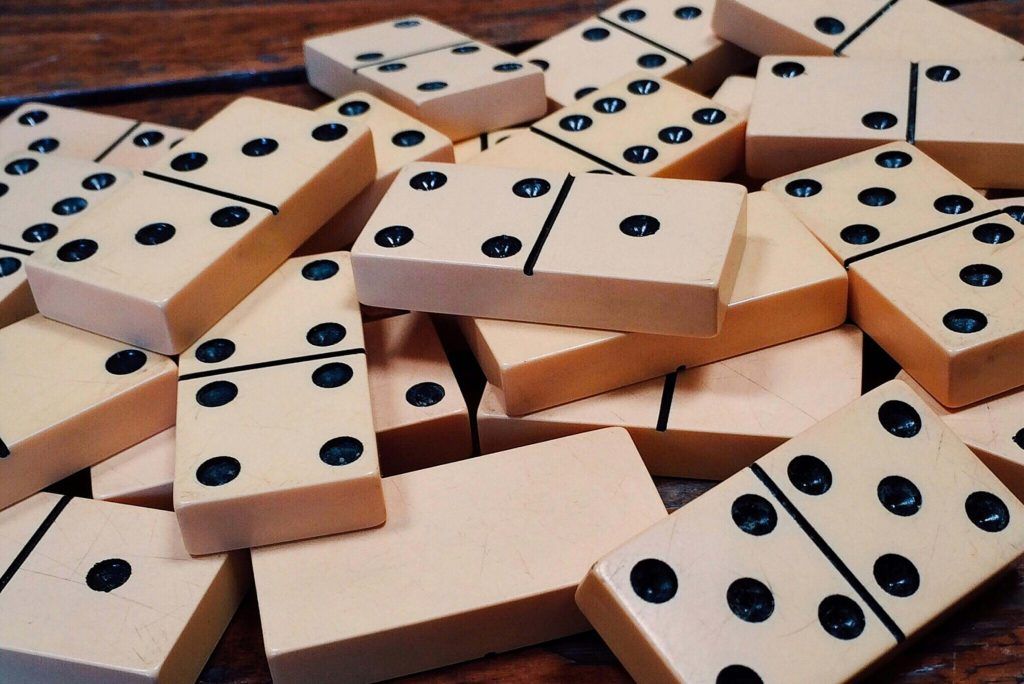
#5: Repeat, repeat, repeat
When introducing new concepts to young kids, repetition is key. The old adage of practice makes perfect rings true, and it’s key to the process offor teaching addition.
Repetition doesn’t always mean practicing in the same way. Repetition can be reinforcing the same concept via varying methods. You might bake with your children one Saturday morning, then break out the magnetic numbers for a fun post-baking game. Later on, you may play dominoes with them, before getting them to work on our free math worksheets.
All of these actions reinforce their knowledge of addition, helping them to grasp the concept more easily – and in a way that doesn’t feel boring or monotonous.
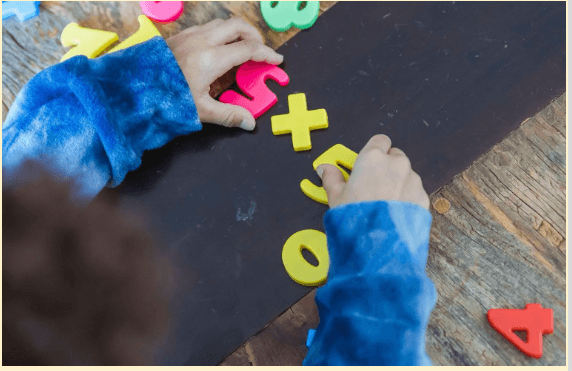
How to teach addition to preschoolers
Looking for advice on simple addition for preschoolers? Here’s how you can introduce them to the concept with preschool addition activities so they can be prepared for their kindergarten learning!
#1: Teach math in everyday activities
It’s never too early to start embedding math in everyday practices to speed up the addition process. This is a proven method on how to teach addition effectively, and it can work for your preschool kids too.
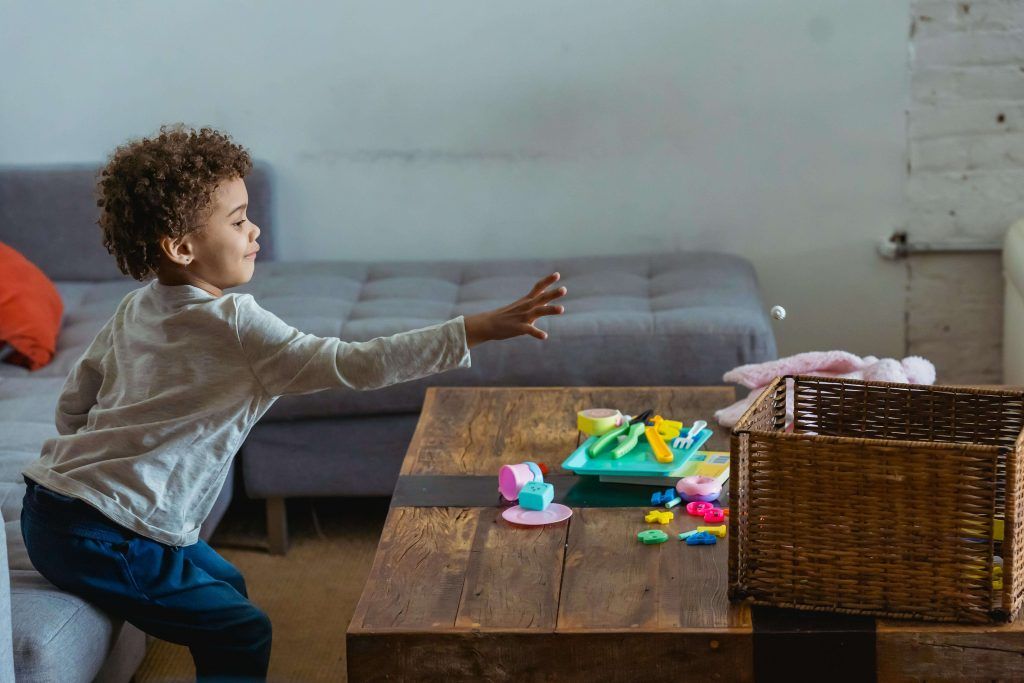
If they’ve been playing with their toys and it’s time to tidy up, get them to put away two toys at a time. Then, once all their toys are neatly stored away, you can work with them to add up all their toys to see how many in total they put away. Your kid will start to strengthen their math muscles without even realizing it!
#2: Develop numbers sense
In order for kids to be able to grasp any math operation, even simple addition for preschoolers, they need to have good numbers sense. They need to understand that each digit in a number indicates a certain quantity. And again, the best way to demonstrate that quantity is through real-life examples.
An abacus can come in really handy here, as the act of shifting beads from one side to another helps kids visualize the concept of addition for kids.
You can also improve your kid’s numbers sense by using real-life scenarios as well as applying real-life objects to mathematics. If you love to bake cookies with your kid, tell them about the ingredients and their weights as they go into the recipe. Once they’re out of the oven, explain how many cookies there are as you distribute them.
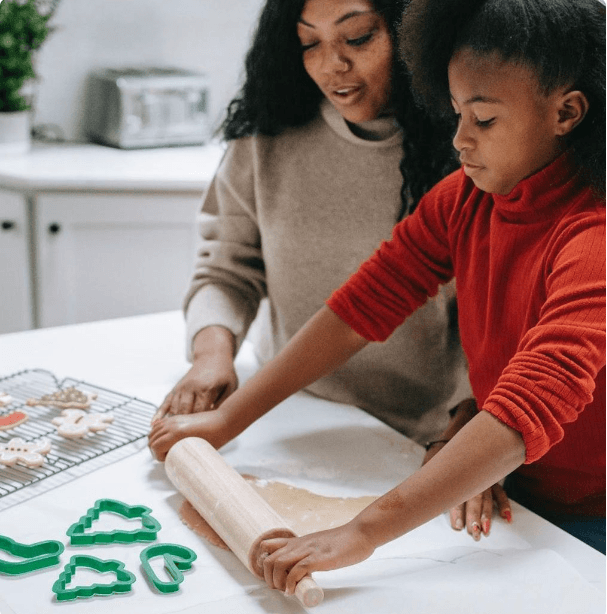
The ability to see math in everyday scenarios and apply it is a fundamental skill that will support your kid in their studies and life.
#3: Build counting and numbers into their day
At preschool, kids should be familiar with the concept of numbers and counting to small totals like 10 or 20. Building small math activities into their day, like asking them to count the number of steps it takes from one place to another, can help them comprehend math and numbers.

This number sense is an essential pre-addition skill. Similarly, you can count their toys as you put them away. The act of moving objects from one place to another is important because it’s easy to tell what’s been counted and what hasn’t.
Slowly introduce addition for preschoolers into this task. When they’ve finished counting, you can add one more toy into the mix and ask how many toys they’ve put away now. They may need to add all their toys again, but that’s OK – it’s an easy way to start learning the concept of addition.
When do kids start adding?
Usually, kids will start to learn and understand addition at around 4–5 years old. This means your kids will start to be taught addition for kids in kindergarten. They’ll start by understanding the basic concept of addition, and learn how to add small numbers or combine groups of objects.
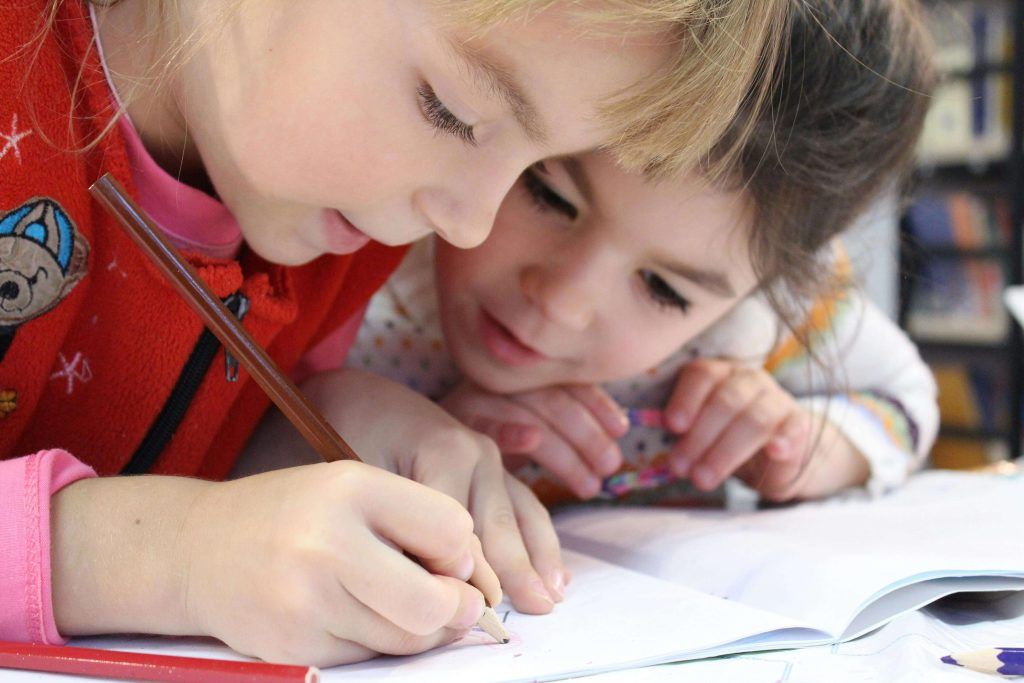
At this age, kids will also start to be introduced to subtraction to complement their learning. At this age, they should be able to easily count to 10 before moving on to larger and more complex numbers.
Conclusion
Teaching addition is a vital step in your kid’s math education. It also comes with some preparation – so ensuring your kid has grasped counting and number sense in preschool will prepare them for learning addition in kindergarten and beyond.
If your child is struggling with addition or any other math operations, enlisting a supportive and engaging math tutor can offer help. Arrange your free lesson with Brighterly today.








